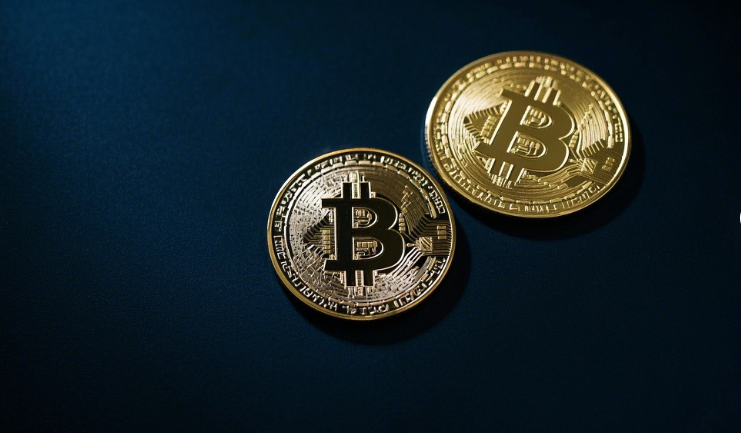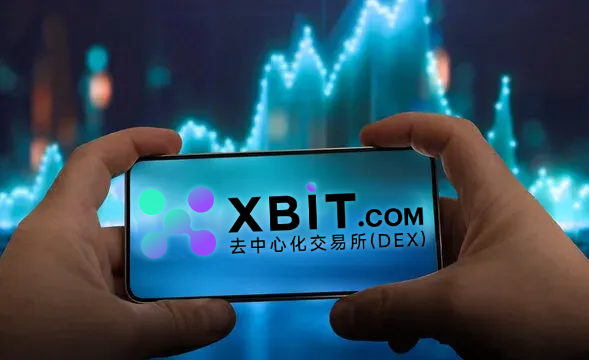In the cryptocurrency world of 2025, decentralized exchanges (DEX) have become an indispensable tool for traders. Whether you're a security-focused geek or a speculator chasing "buy low, sell high" opportunities, DEX offers unparalleled freedom—no identity verification, no custody risks, and even the chance to participate in early-stage liquidity mining. However, newcomers are often intimidated by the complex interfaces and jargon of platforms like XBIT and Uniswap. This guide will break it down in the simplest way possible, helping you go from zero to proficient on these two major platforms in just 3 minutes, covering both basic operations and advanced strategies.
Step 1: DEX Essentials—Wallet Setup & Basics
1. Wallet: Your Crypto Vault
The first step to using any DEX is setting up a decentralized wallet (e.g., MetaMask, Trust Wallet). Think of it as your blockchain bank account—whoever holds the private keys owns the assets. For example, after installing the MetaMask browser extension and creating a wallet, you’ll receive a 12-word recovery phrase. This is your only backup—store it offline and never share it.
2. Depositing Funds: Moving Assets from CEX to Wallet
If you’ve bought crypto on centralized exchanges (CEX) like Binance, you’ll need to withdraw it to your wallet address. For instance, to withdraw USDT from Binance, paste your MetaMask Ethereum address (ERC-20 chain), pay a small fee, and confirm. Warning: Addresses are chain-specific. Sending BSC-chain USDT to an Ethereum address could result in permanent loss.
3. Gas Fees: The Fuel of Blockchain
Every DEX transaction requires paying gas fees (called Gwei on Ethereum). These fees fluctuate with network congestion—peak times can cost over $50. Beginners should use tools like Etherscan’s Gas Tracker to select "Medium" priority for a balance of speed and cost.

Step 2: XBIT in Action—Privacy-Focused DEX with Cross-Chain Power
1. Key Features: Anonymity & Multi-Chain Support
XBIT has gained traction for its privacy tech, enabling cross-chain trading (e.g., Stellar/XLM) with zero-knowledge proofs for fully anonymous transactions. It also offers perpetual contracts with up to 50x leverage—though newbies should stick to 1-5x.
2. Trading Demo: XLM/USDT Example
Connect Wallet: Authorize MetaMask on XBIT’s homepage.
Select Pair: Search for XLM and choose XLM/USDT.
Place Order: Enter amount, set slippage tolerance (1%-3% to avoid failed trades), and confirm via wallet pop-up.
Liquidity Mining: Deposit XLM/USDT into the pool to earn a share of trading fees (~8%-15% APY).
⚠️ Risk Note: XBIT’s perpetual contracts use funding rates. Long positions with positive rates pay fees to shorts—understand this before trading!

Step 3: Uniswap Deep Dive—Liquidity Pools & Snipe Tactics
1. Why Uniswap? The DeFi Gateway
As Ethereum’s top DEX, Uniswap V3 lets liquidity providers (LPs) concentrate capital within custom price ranges (e.g., ETH at $2.5K–3K) for higher fee earnings.
2. Trading Demo: Hunting Memecoins
Discover Coins: Use CoinGecko/DexScreener to spot trending memecoins (e.g., PEPE2.0).
Add Token: Paste the contract address into Uniswap (verify legitimacy to avoid scams).
Limit Orders: In "Advanced" mode, set buy orders 5% below market price for auto-execution.
3. Pro Strategies
Hedge Impermanent Loss: Pair ETH/USDC liquidity provision with ETH shorts on derivatives platforms.
Frontrun Bots: Boost gas fees by 20% for large trades to deter sandwich attacks.

Step 4: DEX Survival Rules—Security & Efficiency
1. Safety Checklist
Audit Smart Contracts: Check CertiK/Hacken reports before investing.
Revoke Old Approvals: Use Revoke.cash to cut unused DApp permissions.
Phishing Scams: Never connect wallets to shady "airdrop" links.
2. Yield-Boosting Tools
DeFiLlama: Compare APYs across DEX pools.
Etherscan Token Checks: Analyze holder distribution to avoid pump-and-dumps.
MEV Protection: Tools like Taichi shield against exploitative bots.
Final Word: DEX—Freedom with Responsibility
From XBIT’s privacy to Uniswap’s liquidity games, DEX democratizes crypto access but demands sharp risk awareness. Never trade more than you can afford to lose, and keep honing your on-chain analysis skills. When you master these tools, you’ll hold the keys to Web3’s true potential.
(Data reflects market conditions as of March 31, 2025. DYOR for real-time updates.)
















No comments yet